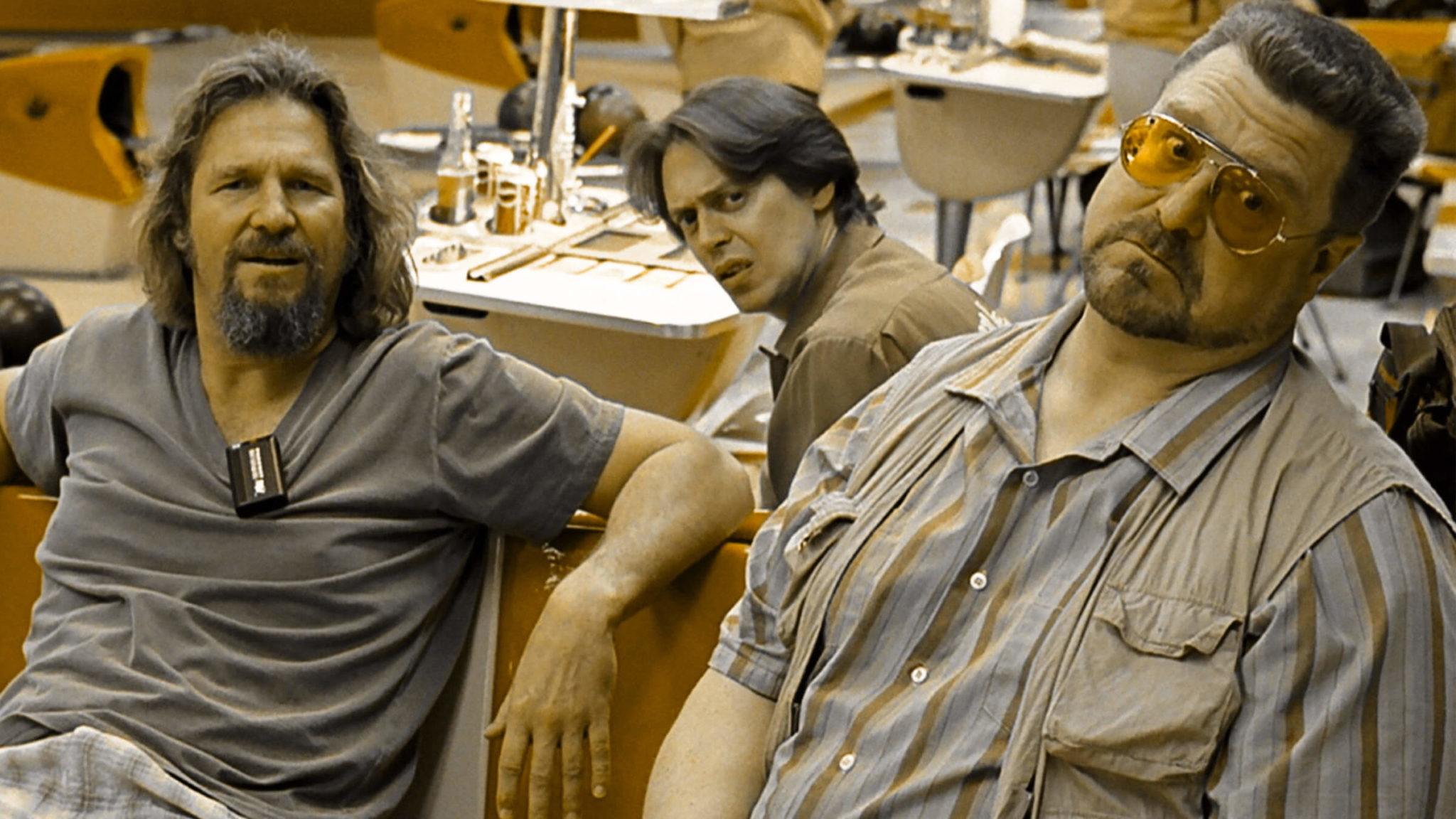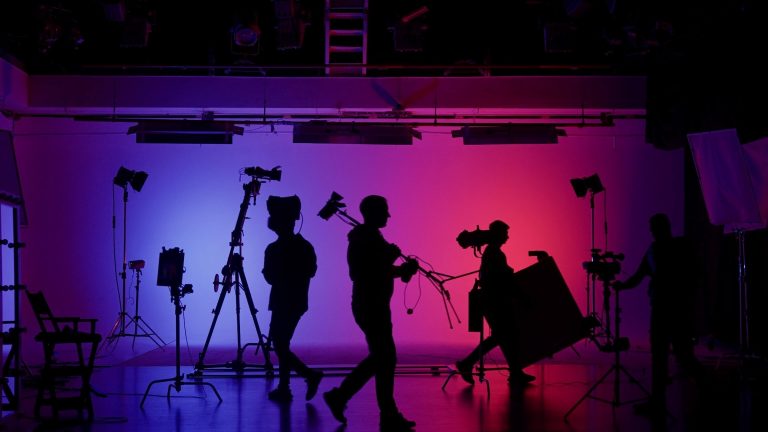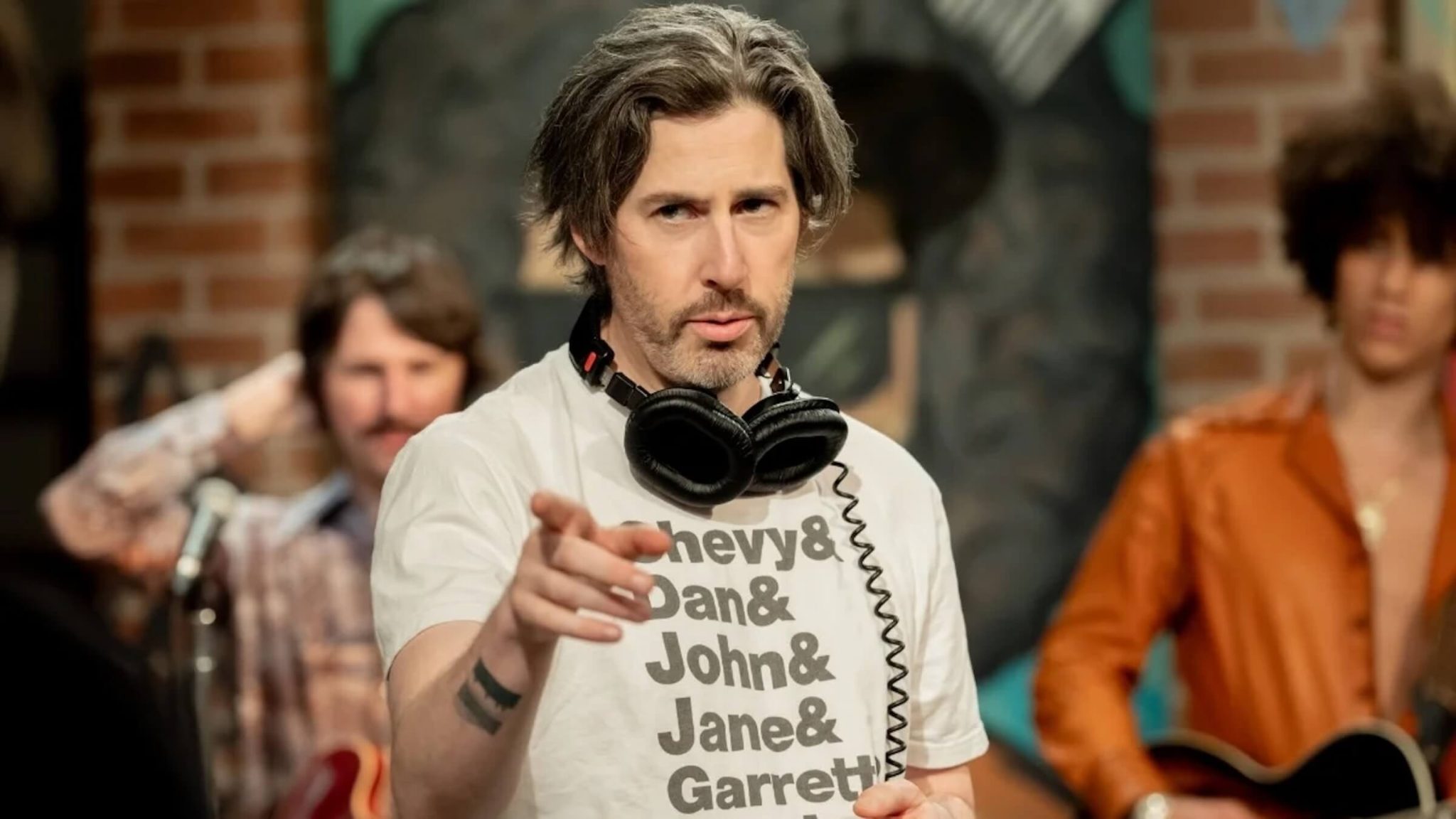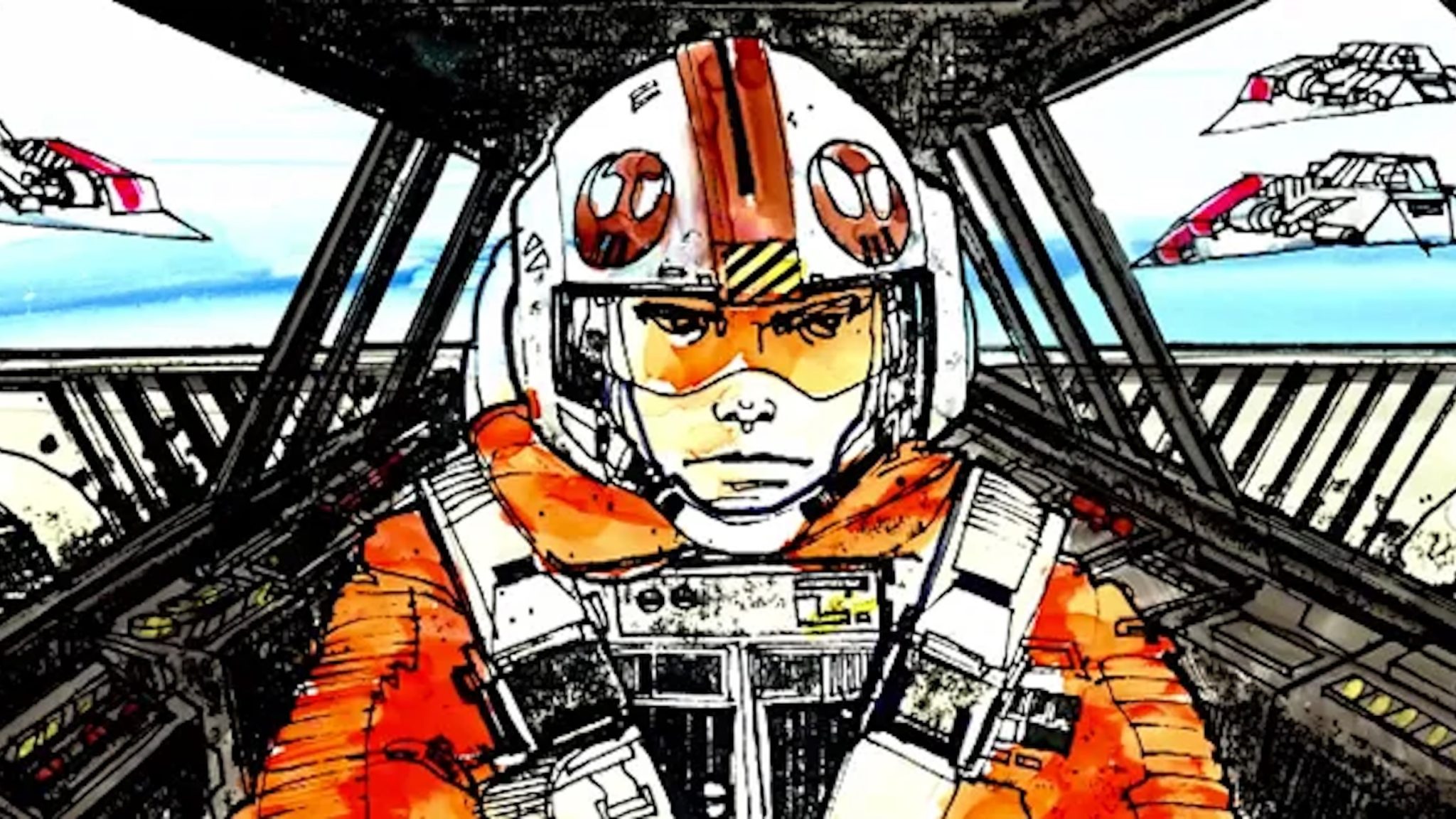How Do You Write JOHN WICK Worthy Fight Sequences?
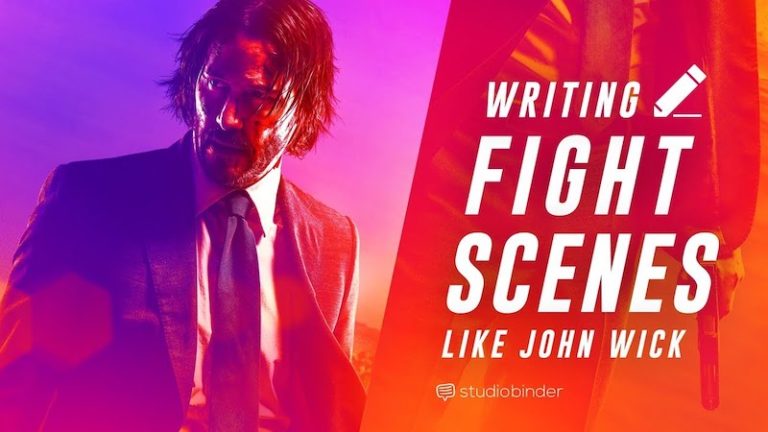
How can screenwriters write fight sequences that have the kinetic feeling found within the John Wick movie franchise?
The John Wick movies have created a new style of cinematic fight sequences. Forget Jean Claude Van Damme splits and flexible kicks. Forget the eternal ammunition magazines of Stallone and Schwarzenegger.
These movies have taken cues from early John Woo gunfight ballets (The Killer and Hard Boiled) and melded them with the adrenaline-laced pacing of martial arts and gunplay found within The Raid.
But how do you write John Wick worthy action sequences?
Here we feature StudioBinder's How to Write Fight Scenes Like John Wick for some easy instructions and offer our own elaboration as well. We also share the video's own original John Wick worthy fight sequence as an example. Visit StudioBinder here.
Read More: How Visuals Let Keanu Reeves Say Only 380 Words in 'John Wick Chapter 4'
Why Do I Need to Write John Wick Worthy Fight Sequences?
As you'll see with the breakdown below, writing kinetic and well-structured action and fight sequences makes your script exciting to read.
You can offer the script reader a cinematic experience that they'll remember, which is precisely what you need to do to see your scripts move up the Hollywood ladder.
If you're writing overly detailed scene description, and the great action is lost within, you're going to lose the impact you need to make.
Read ScreenCraft's Screenwriting Basics: How to Write Cinematic Fight Scenes!
If you're not giving any details and leaving it up for the script reader to imagine, without much to work from, there's nothing memorable from your script. No real impact has been made from your action script.
And since audiences are clearly engaged by John Wick action, that's what Hollywood is going to want in their action movies for the foreseeable future.
Mix Melee and Gun Play within Your Action
Having a character kill a bunch of bad guys with a gun is dull, easy, and a bit boring. Having them take out enemies with a combination of CQC (close quarters contact) and gunplay is much more compelling. Both to read and to watch.
Keep Track of How Many Bad Guys They Need to Eliminate
When you're reading an action script, it can be challenging to keep track of the number of foes that the hero is facing. Having unlimited henchmen coming at the hero from the woodwork can actually disengage the reader from the sequence.
Great fight scenes show us what they are up against and use that knowledge to build tension and suspense.

The sample script that the video offers counts down the number of bad guys left to eliminate — a subtle but constant reminder for the reader to be able to track the action and visualize it as quickly as possible.
Always Move the Character and Action Forward
One of the significant elements within John Wick fight sequences is constant forward momentum. Wick is always moving forward, which offers this kinetic vibe within the whole fight scene.
This also creates a sense of a goal that the hero is trying to achieve. It gives each moment purpose, as opposed to a character just mowing down enemies with no real purpose other than to kill them.
Forward momentum means that there's a place that the character needs to be — a goal. It may be as simple as getting to the other end of the room, or a little more complex with the hero striving to get through the bodyguards of the main villain.
Always have your character be moving forward in your fight scenes.
Layer and Style Your Fight Sequences
When John Wick is moving through a room defending himself and killing bad guys, he's always calm. And that calmness layers the action by showcasing that this protagonist knows what he's doing and is perfectly fine doing it.
It also offers style within the description that can pull the heartstrings of the reader.
Develop your action & thriller movie idea before you start writing your screenplay!
Always Be Reloading
If you grew up in the 1980s or 1990s, you'd remember watching the action movie heroes that rarely seemed to reload. It was just a constant display of firepower until all of the targets were hit and destroyed.
John Wick movies excel at having the hero reload during the ballet of fight sequences.

It makes the script more realistic, and it also offers some more of that excellent action style that John Wick provides when he's doing his thing.
Build to a One-On-One
It's an action staple — the "Big Boss" that the hero works his or her way up to. Whether it started with the old videogames like Super Mario Brothers or not, building the fight sequences with a final one-on-one is a staple that John Wick movies thrive on.
It's smart to shift the fight to a different location. It resets the reader and brings attention to the one-on-one.
What the Heck is Onomatopoeia? Use It!
Technically, the word onomatopoeia means the formation of a word from a sound associated with what is named. Basically, it entails you putting a word in CAPS that references a particular sound — SLAMS, CRACKS, RIPS, etc.
It's an effective way to add more style to your scene description and offers the reader the feeling of being there within the action as these sounds are happening.
Give Some Pain or Obstacles for Your Hero to Overcome
Back in the early to mid-1980s, most action heroes never seemed to feel any pain. They'd get cut or shot and would just keep on going without anything more than a brief grunt.
Yes, it could be argued that it was a sign of toughness, but it was also very unrealistic, which pulls audiences out of the action.
Then Die Hard debuted and offered us a hero that could get hurt. John Wick movies took this to the next level.

Sure, Wick has some cool threads that work as bullet deterrents, but in every film, he's shot, cut, or broken in some way, shape, or form during the fights.
And each injury quickly becomes an obstacle that he must face, which increases the conflict within the scene, making everything more and more engaging and compelling.

Writing cinematic fight sequences like these increases the level of visceral experience that the reader has while reading the script. If you're writing action, this is how you should be doing it.
Watch the whole video below for more elaboration and detail. Read the original post and check out Studio Binder as well.
Ken Miyamoto has worked in the film industry for nearly two decades, most notably as a studio liaison for Sony Studios and then as a script reader and story analyst for Sony Pictures.
He has many studio meetings under his belt as a produced screenwriter, meeting with the likes of Sony, Dreamworks, Universal, Disney, Warner Brothers, as well as many production and management companies. He has had a previous development deal with Lionsgate, as well as multiple writing assignments, including the produced miniseries Blackout, starring Anne Heche, Sean Patrick Flanery, Billy Zane, James Brolin, Haylie Duff, Brian Bloom, Eric La Salle, and Bruce Boxleitner. Follow Ken on Twitter @KenMovies
For all the latest ScreenCraft news and updates, follow us on Twitter, Facebook, and Instagram.
Tags
Get Our Screenwriting Newsletter!
Get weekly writing inspiration delivered to your inbox - including industry news, popular articles, and more!












